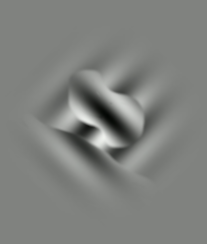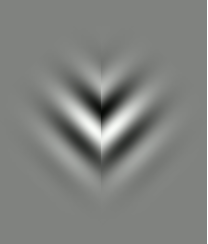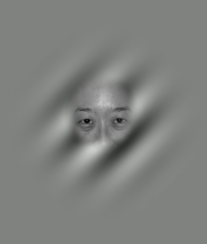as Ph.D. candidate under supervision of Natalia Zaretskaya, PhD, NeuroVision Research Group, University of Graz, AT for 3.5 years (Sep 2020 – Present)
Binocular rivalry occurs when the two eyes are presented two different images that cannot be fused into each other as a uniform perception. As a result, the subject has a perception alternating between the dominant image of either of presentations with a transition phase. The studies on the phenomenology of binocular rivalry showed that several features of stimuli such as contrast, luminance, and content affected the dominance duration and the frequency of transition whereas different perceptual transitions have been reported, including travelling wave, superimposed, piecemeal, and transparency. Some recent studies also showed that the duration of transition during binocular rivalry can be correlated with some clinical conditions such as ADHD and ASD. Despite the evidence for the various features of perceptual transition, there is no systematic investigation of all possible transition types and factors that affect transition appearance. The goal of this study is to define different transition types in binocular rivalry and the factors affecting them.
Appearances of Transition
We have shown that transition may have different appearance. Here are demonstrations for some of the identified categories of transitions:
Piecemeal

Immediate
Superimposed

Dynamic superimposed
Halves

Traveling wave
Center/Surround

Dispersing/Gathering
This study is funded by Austrian Science Fund (FWF P33322).